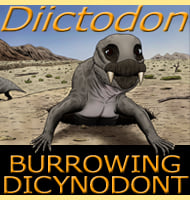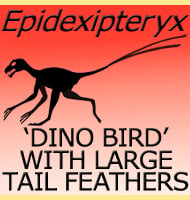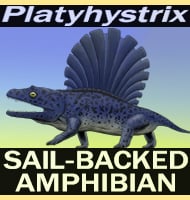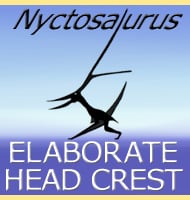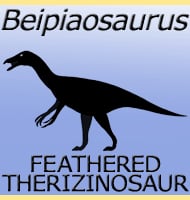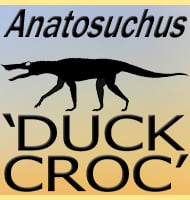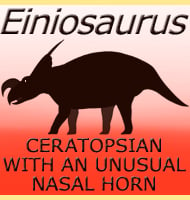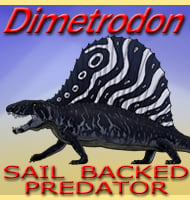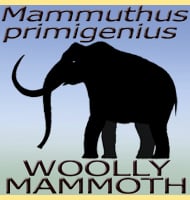In Depth
Usually seen as a nothosaur, Simosaurus was a marine reptile that lived in European waters during the Triassic. The teeth of Simosaurus are quite blunt and while the jaws of Simosaurus are quite gracile, the way the muscles attached show that they could be closed very quickly. It is possible that Simosaurus used quick but proportionately powerful bites to crack up the shells of invertebrates like ammonites, especially those with thinner shells.
Further Reading
- Osteology of Simosaurus gaillardoti and the relationships of stem-group Sauropterygia. - Fieldiana Geology. 28: 1–85. - O. Rieppel - 1994.

